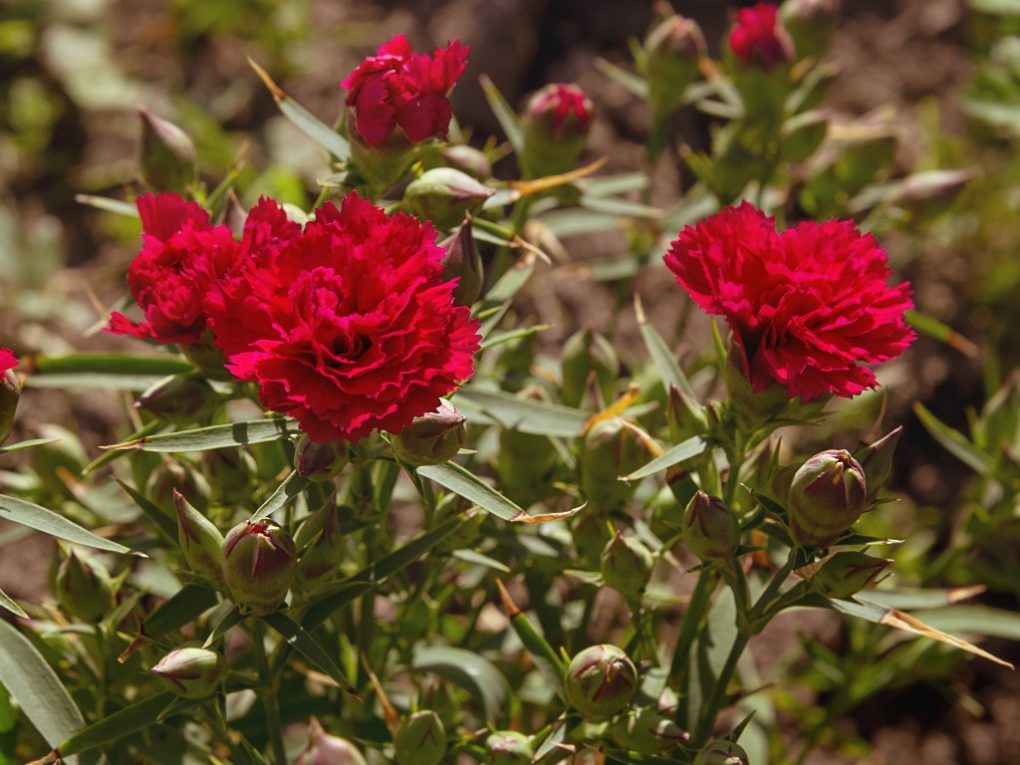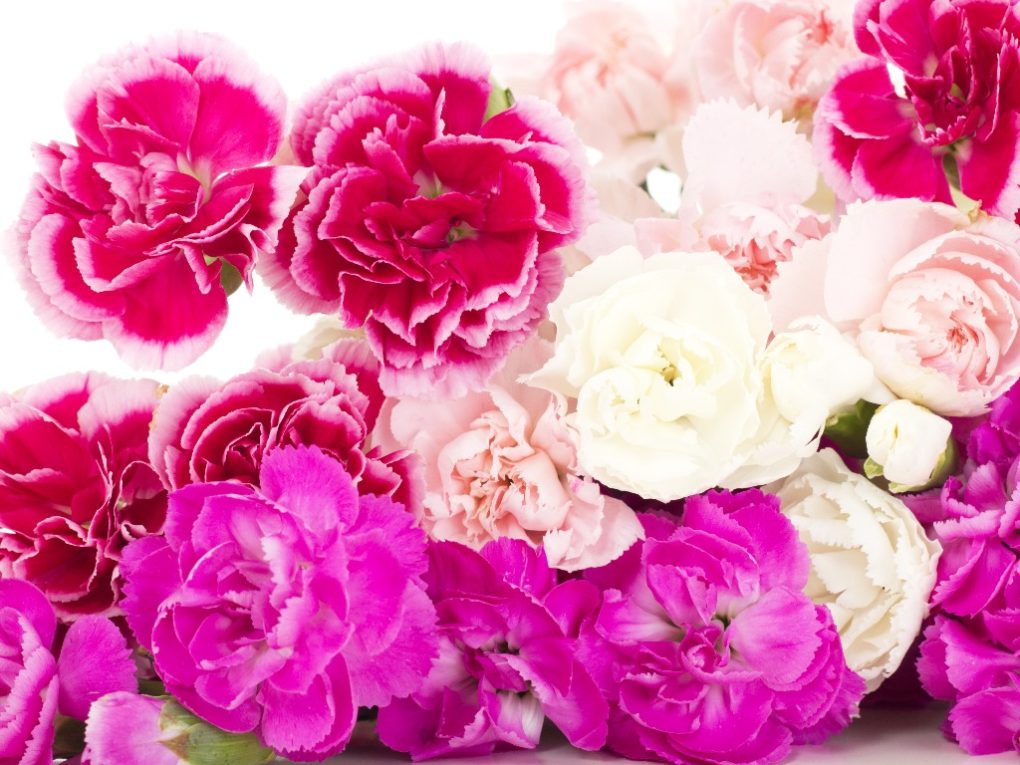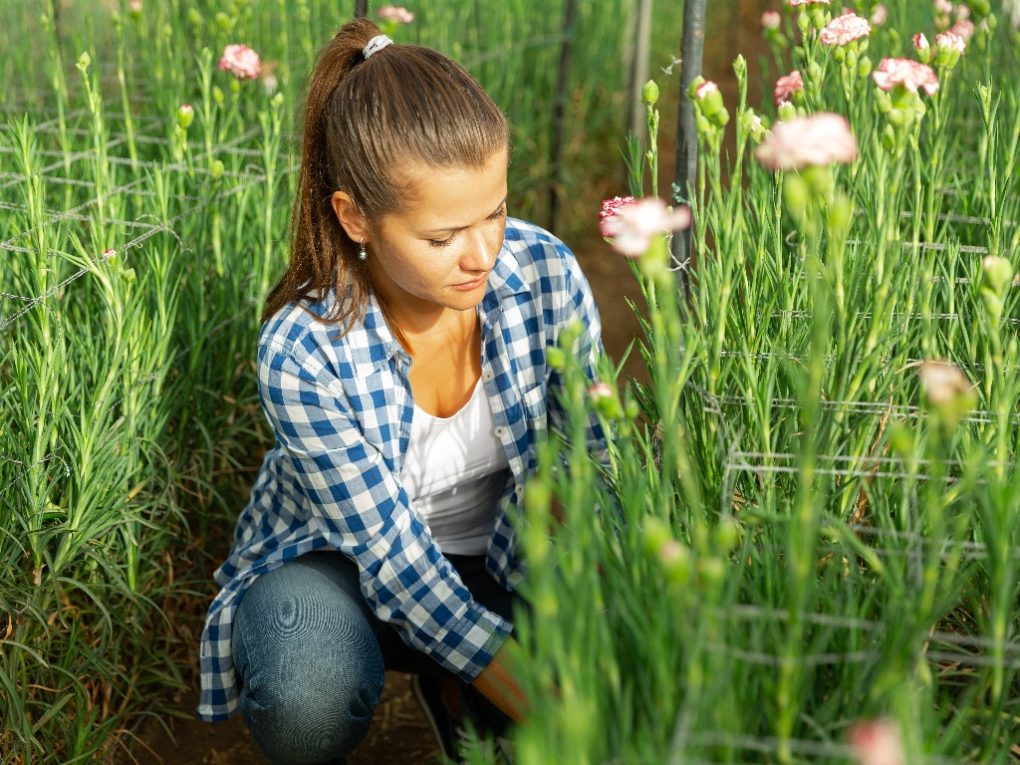Where Do Carnations Grow Naturally? Everything You Need To Know
Although it has been extensively cultivated for the last 2,000 years, it is most likely native to the Mediterranean nations of Spain, Italy, Croatia, Albania, Greece, and Turkey. However, its precise distribution has yet to be discovered. Carnation plants are short and stout, with deeply cut leaves and small white or pink flowers. Carnation seeds grow in clusters on a long stalk, which can make it difficult to germinate them.

Carnations presumably began as single-flowered plants in the Pyrenees. The Pyrenees are a mountain range that divides France from Spain. However, none of these naturally occurring, isolated wild types are now in existence. Its blossom’s beauty, lifespan as a cut flower, and simplicity of cultivation contributed to its quick popularity across a wide range of cultures.
Early on, single, semi-double, and double carnations were available in crimson, blush, purple, red, scarlet, white, and tawny colors. This was due to the plant being subjected to extensive breeding operations.
There were also carnations with striped, stippled, spotted, and veined petals with smooth or picotee edges. Bizarre, Flake, Flame, and Picotee were among the highly precise classifications into which many of these hybrids were subdivided. The Bizarre Flowers had four hues: double, striped, or variegated. Only two colors were used in the stripes on the Flakes. The Picotee Flowers were white blooms with red, purple, or other colored spots or splotches, while Flames were red flowers with black stripes.
Sadly, these breeding operations had to sacrifice the flower’s prized scent to increase blossom lifetime. Carnation blossoms survive almost forever when used as cut flowers.
One of the nicest varieties of carnations ever created is still thought to be the Chabaud variety, which a French company first offered in 1870. The Chabaud strain was declared superior to all other annual carnations by renowned garden writer Vita Sackville-West in the middle of the 20th century.
Table of Contents
Few Facts About Carnation
The carnation, also known as Dianthus caryophyllus in botanical terms, is a historically significant and significant floral option. This flower has been revered for generations, and its scientific name, dianthus, loosely translates to “flower of love” or “flower of the gods,” depending on the source. The carnation, one of the first flowers to be cultivated, is prized for its ruffled look, clove-like aroma, and lengthy blooming time.

Carnations have a variety of connotations, such as intrigue, distinctiveness, and love. Like many other flowers, the flower’s various color variants can convey various messages. For instance, light red carnations are frequently used to communicate admiration, whereas dark red carnations show deeper feelings of love and affection. Pink carnations are frequently offered as a token of appreciation, whereas white carnations are linked to luck and purity. Carnations have special significance in many different cultures around the world.
Carnations are still a popular flower choice for a variety of events nowadays. They are instantly identifiable flowers with a charm and charisma that have captured people’s attention worldwide. Carnations are more popular than any other flower, including roses, in many world regions. These flowers’ timeless beauty and enduring freshness are the ideal complements to the strong emotions they can convey. The carnation has demonstrated its durability in numerous ways by maintaining its position as a staple flower for a long time.
One way to encourage carnation plant growth is to sprinkle the roots of the desired flower in a potting soil mixture that includes some organic matter such as compost or aged manure. Water thoroughly before planting; carnations need regular watering during the growing season but will do best when watered frequently from late spring through fall.
Growing Carnations
Six to eight weeks before the final frost, it is advisable to start indoor-grown carnations from seed. During germination and indoor growth, add a quarter inch of soil to the seeds and maintain a slight moisture level. In fewer than two weeks, the seeds will start to grow. Except for the deep South, where moderate shadow works best for the plants, they demand full sun. Rich, sandy loam soil is their favorite. A 12-inch distance between plants is ideal. In July, flowers start to bloom.

There are two alternative ways to propagate carnations besides growing them from seed. Grow them from divisions or cuttings.
Carnation cutting propagation instructions:
Most seasoned carnation growers start their plants from cuttings. They employ cuttings from terminal blossoms to do this. These slices ought to be 4 to 6 inches long. They must be placed into pure sand for proliferation, and after 25 to 30 days, they will be prepared for transplantation.
Carnation division for propagation:
- You can quickly and easily tidy up your landscape by splitting apart raggedy, old carnation plants. The plants will thrive and remain healthy if divided every two to three years. Observe these actions:
- Take a bunch of carnations out of the ground.
- To separate the plant into a few segments of carnations, carefully pull the plant apart with your hands, being sure to include the roots.
- Inspecting the roots, look for any rot that must be cut out with clean snippers.
- The pieces should be replanted in the soil in a sunny location with plenty of water.
The Best Way to Make Carnations Bloom
It’s recommended to plant ruffle-edged carnations where they will get at least six hours of sun each day to enjoy a profusion of blooms. Carnations prefer soil that drains properly because otherwise, even if they bloom, the flowers will be discolored.
Carnation buds might occasionally be small or not fully open. These two techniques are the most straightforward cut carnations or carnations in a container. Try gently stroking the bud of a refractory bloom open with the flower head of an older carnation. This gentle touch will encourage the resistant bloom to open. If the bud is closed but appears to want to open, gently pinch the base of the bud to assist in removing any tightness, which can help give it a little push to bloom. Brush from the center of the flower to its outside borders to help it “bloom.”
